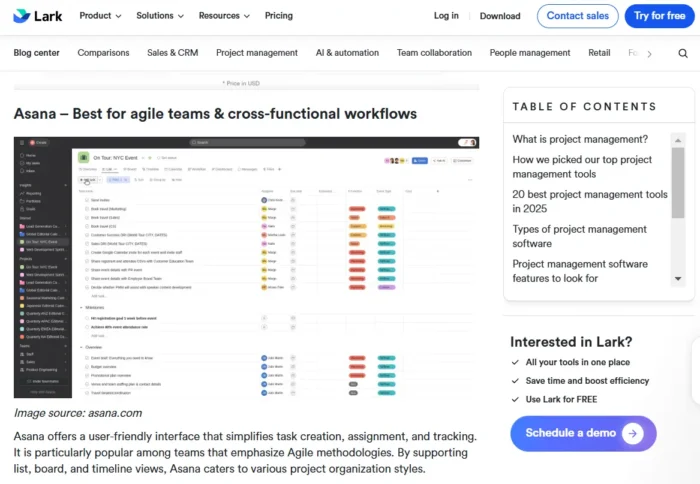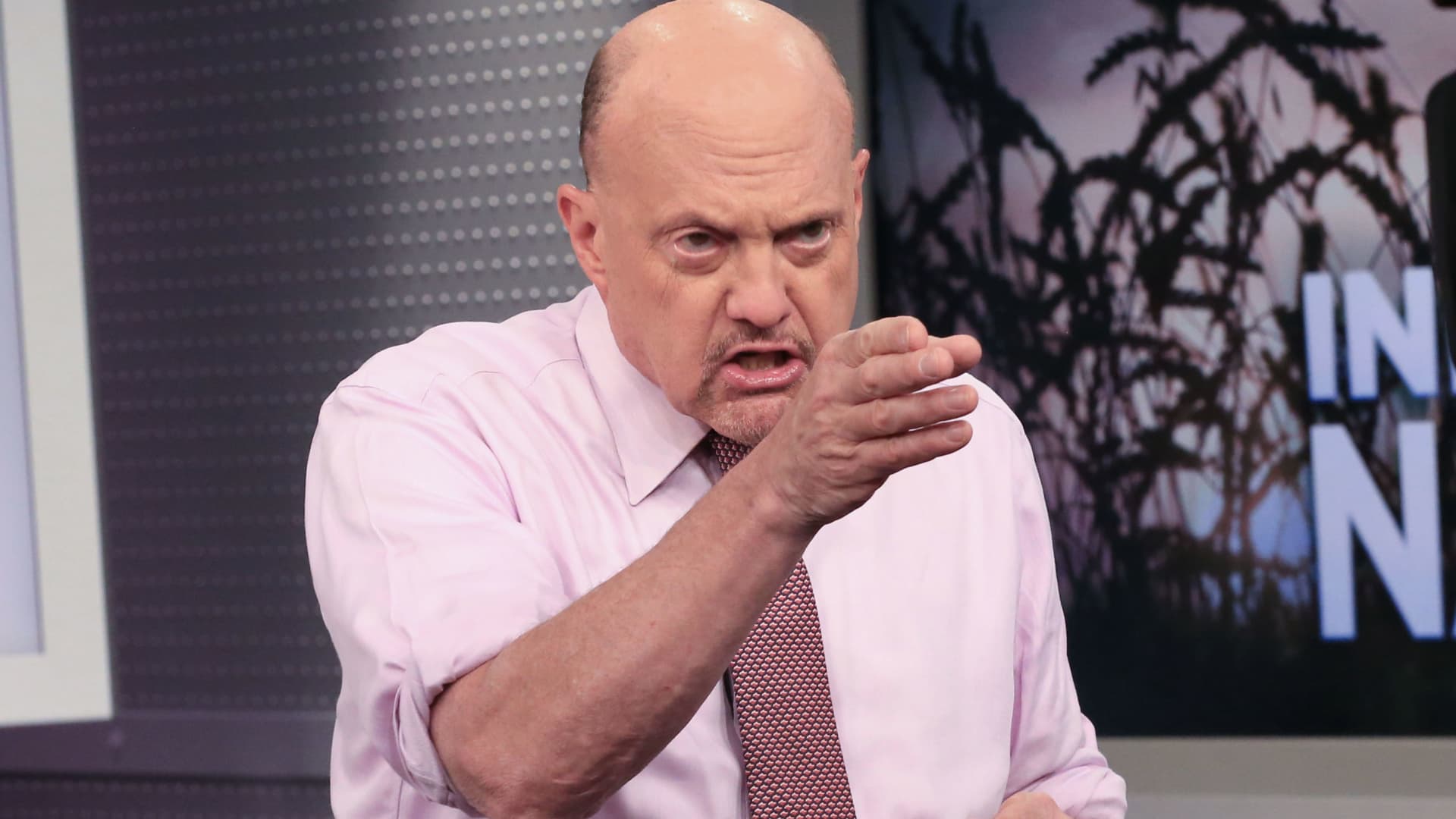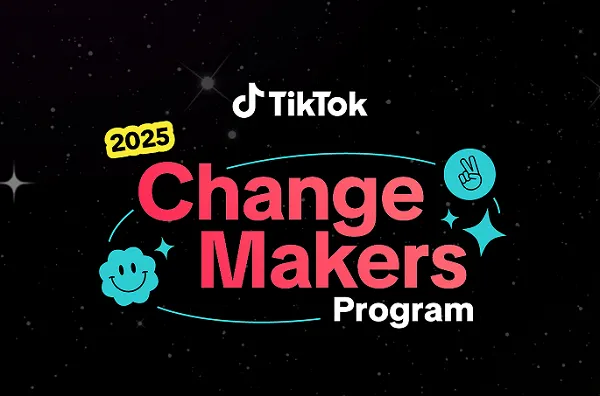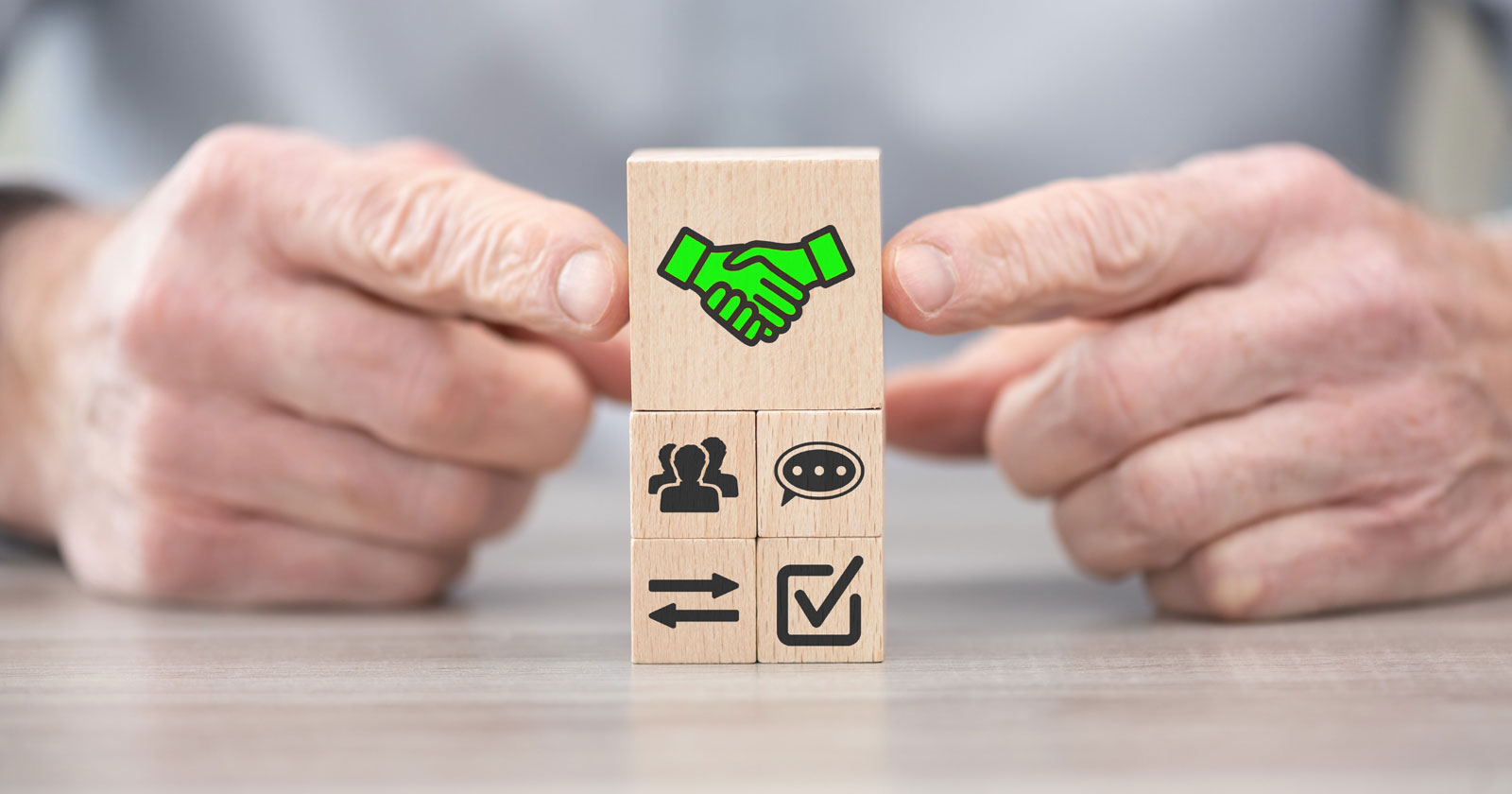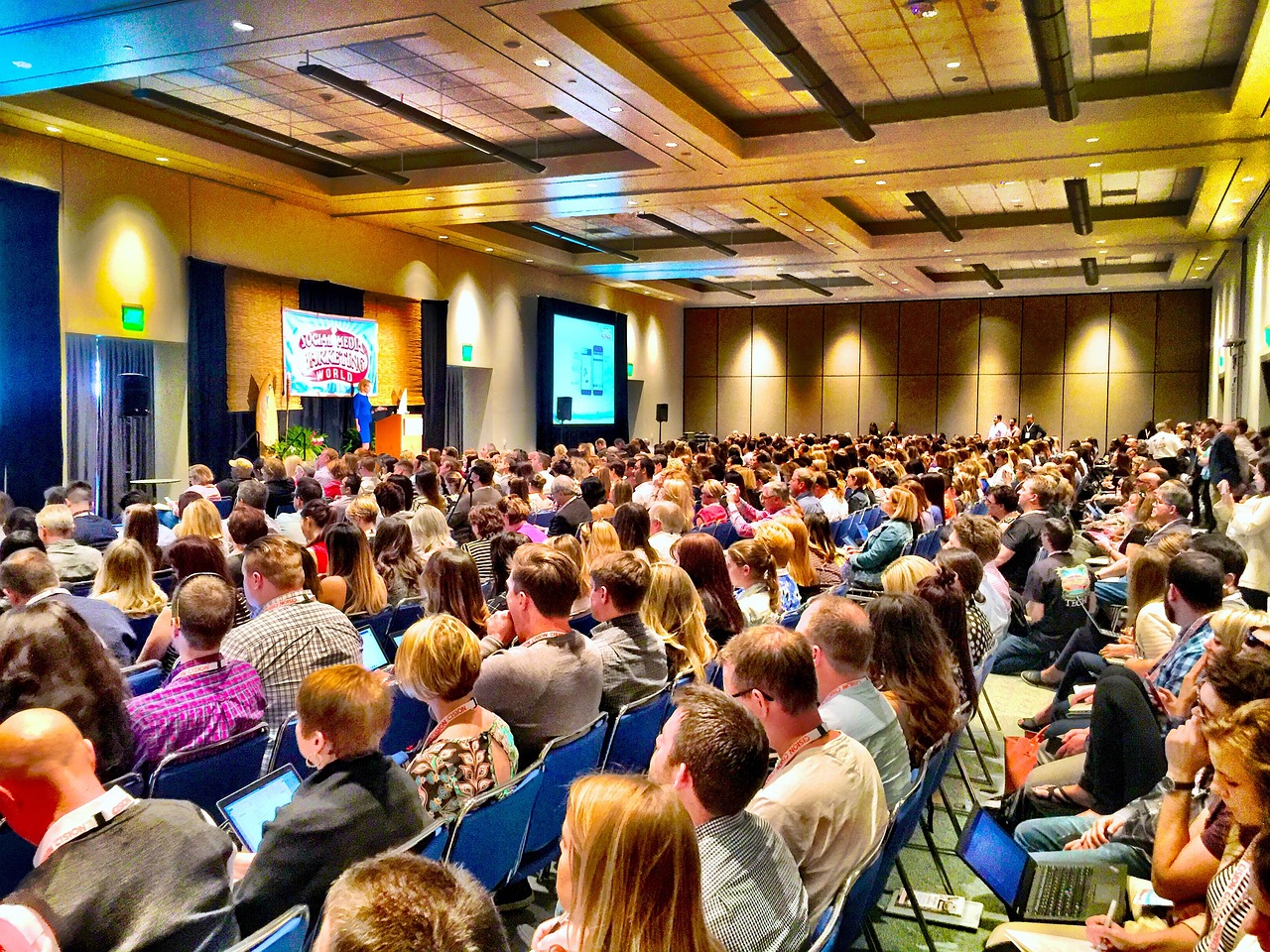How brands can drive the sleep health revolution
The more people understand the impact poor sleep has on their health, the more they are going to look for answers from sleep brands, according to Healthline.

Before Erin Edge had her first child, she hardly ever thought about sleep. The 38-year-old Healthline editor-in-chief was one of those lucky people who could fall and stay asleep easily and naturally. But a few months after she gave birth to her now-six-month-old daughter, she started to think more intentionally about her zzz’s—or lack thereof.
“Once my husband and I got through the first few weeks of super-adrenaline-charged new parenthood, I was hit with all of the usual stuff—the fatigue, the brain fog, the struggle to complete sentences,” Edge said. “But I also started to feel physically ill as time went on. My blood sugar was all over the place, I began to feel shaky and my moods were very up and down. I could feel the lack of sleep in my body, and it was starting to feel unbearable.”
After weeks of deliberation, Edge and her husband finally decided to see a sleep coach before she went back to her full-time job—a decision that she says changed her health game entirely.
Translation for sleep brands? It’s time to speak to the connections between sleep and overall wellness. The more people understand the detrimental impact poor sleep has on their health, the more they are going to look for personalized answers that work for them.
More people are getting on the sleep health train
Edge and her spouse are certainly not the only new passengers onboard the sleep health train, as she discussed during a panel on "What's Next in the Sleep Health Revolution" at Ad Age Next: Health & Wellness with Karina Kogan, chief marketing officer at Ōura Health, and John Dioso, editor of Ad Age Studio 30. Recent Healthline data shows that more and more of its readers—including but by no means limited to new parents—are proactively seeking out actionable information about sleep and sleep hygiene (i.e., developing a routine that consistently promotes a good night’s rest). The health publisher saw 43% year-over-year growth in readers seeking out its sleep content, which includes a huge uptick just in the last six months—up by 17 million readers.
The Healthline audience is also one-and-a-half times more likely to have searched for sleep disorder content in the last month, and the topic is even trending on social media, with sleep content getting one-and-a-half times more engagement than other subjects. Healthline is helping answer 89 sleep-related questions every minute, confirming that, yes, this is a seriously popular topic. “These are repeat visitors who are spending a lot of time on the site,” Edge said. “They’re coming back multiple times a month. They are super engaged.”
What interest in zzz’s means for sleep brands
The rise in the ”sleep-health curious” makes sense given the state of the modern world today. We are living in stressful times, to put it mildly, and as a result many of us are staying up much later than we should, or not really going to bed at all. According to the CDC, 35% of adults do not get the recommended seven hours of sleep per night. One third of Americans also experience a state of insomnia at some point in their lives, while one-tenth experience extreme insomnia three nights per week.
And much like Edge herself, the sleep-health curious are very willing to try new things to see what works for their specific needs.
“These are people who are not afraid to try out different tools, products or services that can help them get better sleep,” she explained. That includes an interest in personalized sleep data. About one-quarter of Healthline readers currently use or are interested in sleep trackers, for example, and almost two-thirds who currently use or are interested in using a health tracker do so (or plan to do so) to track their shuteye.
"More and more people are recognizing the impact that sleep has on all other aspects of their lives, and they’re starting to invest in it accordingly,” added Kogan.
Wellness brands that have not traditionally focused on sleep now have an opportunity to empower consumers as well, as more people come to understand that eating habits, fitness routines, and stress levels all impact their rest.
But whatever the actual tool, the key to all of these new solutions is personalization.
“When it comes to sleep, there’s no one-size-fits-all approach, so people need things that are going to be as unique as they are and designed around their life stage,” Edge said.
Looking ahead to the future of sleep wellness for all
As Edge and her husband learned, sleep health is not just about logging seven hours per night; it’s about what happens during the day because of that rest. Simply put, it’s a more holistic definition than many people were previously taught, one that’s centered around making sure your body has the chance to restore at night so that you can be your best self all day long.
Given the stakes of better rest, it’s important to recognize the accessibility gap when it comes to sleep health. The Healthline Media Future of Wellness report found that wellness technology adoption rates are lower for low-income respondents, those with less education, boomers and people of color, specifically Black people.
Edge said she and her husband were fortunate to be in a place where they could hire a sleep coach, but if the reality of your life prevents you from being able to log the sleep hours you need, or invest in a technology that would help, a mindset shift or before-bed ritual may not be enough to do the trick.
This means that brands need to be more conscious than ever about creating inclusive, personalized, and accessible products that can meet people where they are, wherever they are. “That’s why any health goal—including sleep—has to be specific to a person’s needs,” Edge said. “It’s not going to look just one way.”
Visit Healthline Media to learn more about today’s top consumer needs and brand opportunities in sleep.

 Astrong
Astrong 



















